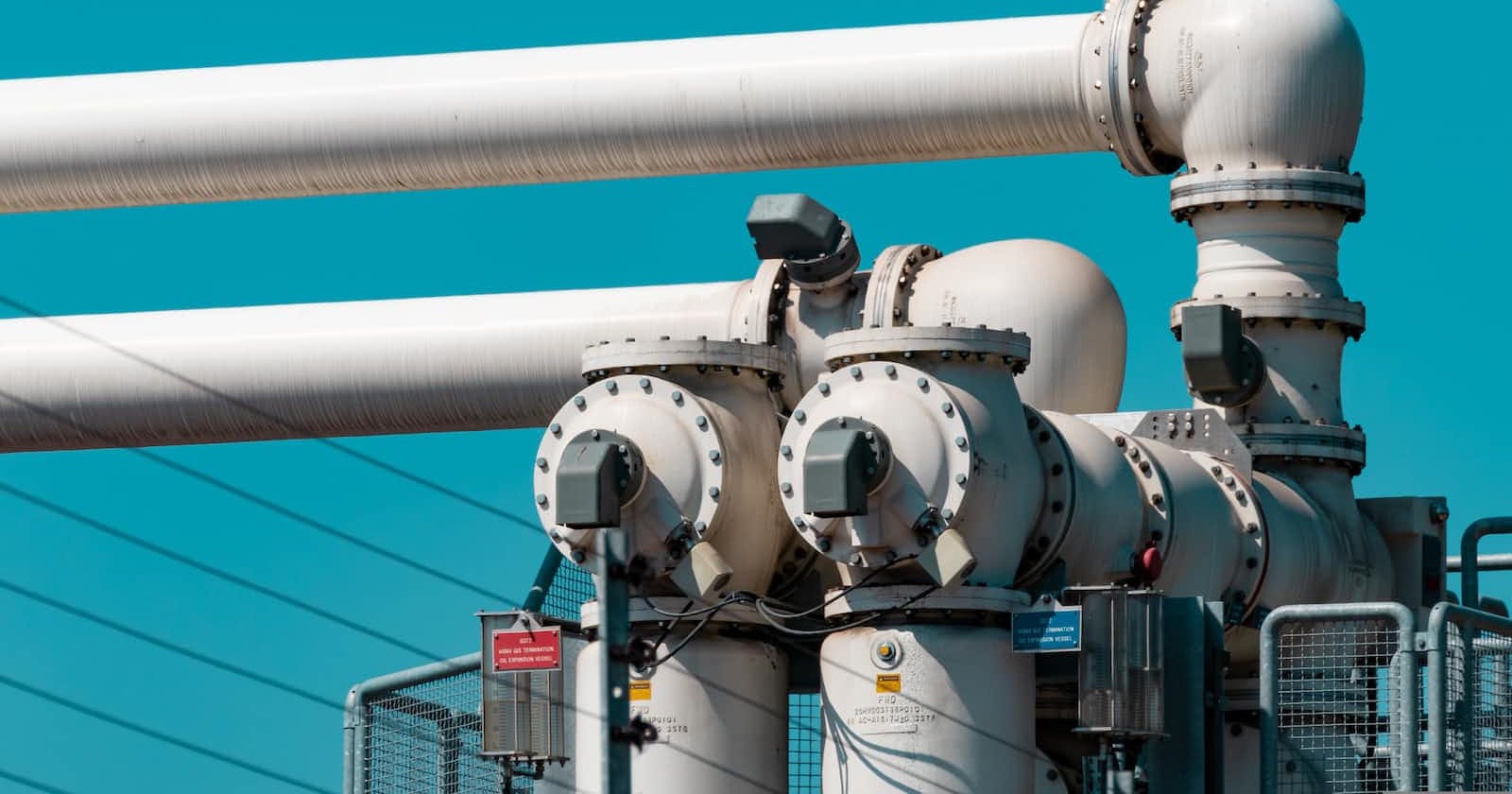Apache Kafka is a distributed streaming platform that is used for building real-time data pipelines and streaming applications. It is a publish-subscribe messaging system that is designed to be fast, scalable, and durable.
Here is an example of a simple Kafka producer and consumer written in Python:
Producer:
from kafka import KafkaProducer
# Set up the Kafka producer
producer = KafkaProducer(bootstrap_servers='localhost:9092')
# Send a message to the topic 'test'
producer.send('test', b'Hello, Kafka!')
# Flush the producer to ensure all messages are sent
producer.flush()
Consumer:
from kafka import KafkaConsumer
# Set up the Kafka consumer
consumer = KafkaConsumer('test', bootstrap_servers='localhost:9092')
# Consume messages
for message in consumer:
print(message)
Some best practices for working with Kafka in Python include:
Use a high-level client library such as
kafka-pythonto simplify integration with Kafka.Use a separate consumer for each topic partition to take advantage of Kafka's parallelism.
Use a consumer group when consuming from multiple topics to balance the load across consumers.
Use a message key to ensure messages with the same key are always sent to the same partition.
Use compression to reduce the size of messages and improve performance.
Use message batching to improve the efficiency of message production.
Tips to scale a Kafka project written in Python
There are several ways to scale a Kafka project written in Python:
Increase the number of topic partitions: By increasing the number of partitions, you can increase the parallelism of the system and improve the overall performance.
Use multiple Kafka brokers: By running multiple Kafka brokers, you can distribute the load across multiple machines and improve the scalability of the system.
Use a cluster of Kafka consumers: By using a consumer group and multiple consumers, you can distribute the load of consuming messages across multiple machines.
Use message batching: By batching multiple messages together, you can reduce the number of network round trips and improve the efficiency of message production.
Use compression: By compressing messages, you can reduce the amount of data being transmitted over the network and improve the performance of the system.
Use a message key: By setting a message key, you can ensure that all messages with the same key are sent to the same partition, which can help to improve the efficiency of the system.
It's important to note that the specific scaling strategies you use will depend on your specific use case and requirements. It's a good idea to benchmark and measure the performance of your system to identify bottlenecks and determine the appropriate scaling strategies.
Kafka integration with Postgres
Here is an example of a Kafka architecture that integrates with a PostgreSQL database using Python:

In this architecture, data is produced to Kafka topics by producers and consumed by consumers. The consumers can then write the data to a database such as PostgreSQL for storage and further processing.
Here is an example of a Kafka consumer written in Python that writes data to a PostgreSQL database:
import psycopg2
from kafka import KafkaConsumer
# Set up the Kafka consumer
consumer = KafkaConsumer('test', bootstrap_servers='localhost:9092')
# Set up the PostgreSQL connection
conn = psycopg2.connect("host=localhost dbname=test user=user password=password")
cur = conn.cursor()
# Consume messages and write to PostgreSQL
for message in consumer:
# Decode the message value and insert into the 'messages' table
cur.execute("INSERT INTO messages (value) VALUES (%s)", (message.value.decode(),))
conn.commit()
# Close the PostgreSQL connection
cur.close()
conn.close()
This example uses the psycopg2 library to connect to a PostgreSQL database and insert the consumed messages into a table called messages. The KafkaConsumer is used to consume messages from a Kafka topic and the cur.execute() method is used to execute a SQL INSERT statement to insert the message value into the messages table.
I hope this example and architecture diagram are helpful! Let me know if you have any questions.


